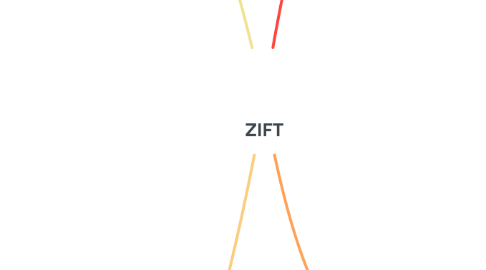ZIFT
by Gauri Kokare


1. Introduction
1.1. ZIFT (Zygote Intrafallopian Transfer) method.
1.2. It is an assisted reproductive similar to the IVF (in-vitro fertilization) and ET (embryo transfer)
1.3. Only difference, the fertilized egg is transferred into fallopian tube instead of uterus.
1.4. Hence, also called as TET (Tubal Embryo Transfer)
2. Disadvantages of ZIFT
2.1. Added inconvenience and cost of a two-stage procedure
2.2. requirement for laparoscopic surgery.
2.3. Requirement of atleast one patent fallopian tube.
2.4. Entails risk and greater difficulty procedure.
2.5. Higher percentage of ectopic pregnancies may occur, as they are not directly transferred in the uterus.
2.6. Introduction of more than one zygote, the rate of multiple pregnancies may be higher than in other types of techniques.
3. REFERENCES:
3.1. Chestnut's Obstetric Anesthesia, 15, 336-349
3.2. de Miguel, Laura García, and Silvia Azaña Gutiérrez. "Intrafallopian zygote transfer–Advantages and disadvantages."
3.3. https://americanpregnancy.org/getting-pregnant/infertility/zygote-intrafallopian-transfer/
4. Procedure for ZIFT
4.1. Womens ovaries are stimulated with medication to produce more eggs.
4.2. Eggs are collected through aspiration procedure.
4.3. Eggs are fertilized in lab through a procedure identical to IVF.
4.4. They are transferred through laparoscopic procedure, where catheter placed in deep fallopian tube for the injection of fertilized eggs.
4.5. During the process, fertilized eggs are transferred within 24 hours.
4.6. Look for pregnancy symptoms and for confirmatory results, perform blood tests.
5. Advantages of ZIFT
5.1. Fertilized Eggs
5.1.1. ZIFT is slightly more reassuring than GIFT (Gamete Intrafallopian Transfer) because the doctor confirms that eggs have been fertilized before placing them in the fallopian tubes.
5.1.2. Introduction of multiple eggs
5.2. The avoidance of laparoscopy if fertilization is not successful
5.3. A shorter exposure to the laboratory environment than with IVF-ET.
5.4. Potential for embryos to reach the uterine cavity at a more appropriate stage of development than with IVF-ET
5.5. Natural Implantation
5.5.1. ZIFT allows a developing embryo to travel into the uterus on its own, which appeal to the individual who like to have baby as naturally as possible. (although there are nomedical reasons why natural fertilization is preferable to assisted fertilization).
5.6. No link to Cancer
5.6.1. Recent studies have shown no connection between ovulation-inducing fertility drugs and cancer.
